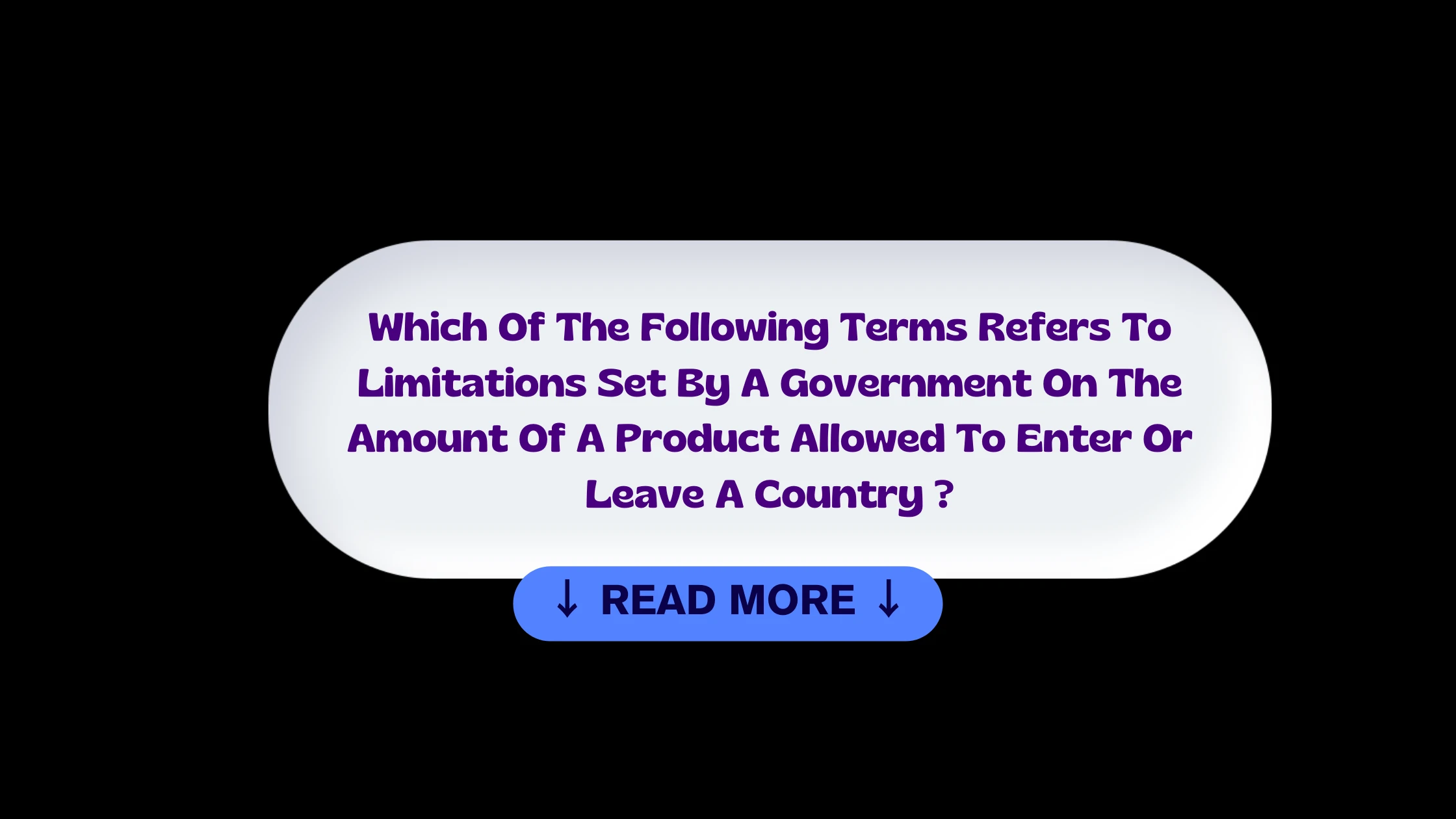The term that refers to limitations set by a government on the amount of a product allowed to enter or leave a country is “trade barriers.” Trade barriers are like rules that governments create to control how much stuff (products) can come in or go out of a country. These rules can include taxes on imports (tariffs), limits on the quantity of certain products (import quotas), and specific requirements for bringing goods in (licensing). Governments use these barriers to protect their own industries, manage trade balance, or achieve certain goals. They affect what products you find in your country and how well your country’s products can compete in other places.
What are the different types of barriers to market entry
Barriers to market entry refer to the obstacles that make it difficult for new firms to enter a market, thereby reducing market contestability and competitiveness. These barriers can be natural or artificial and take various forms, impacting the ability of new companies to gain traction in a market. Some common types of barriers to entry include:
- Economies of Scale: These occur when increased output leads to lower average costs, making it difficult for new firms to compete due to higher average costs.
- Product Differentiation: Existing companies may have strong brand loyalty and customer identification, making it costly for new firms to overcome these loyalties and establish their own customer base.
- Capital Requirements: High initial investment and capital requirements can act as a significant barrier to entry for new firms.
- Switching Costs: These costs refer to the expenses incurred by customers when switching from one product to another, making it challenging for new firms to attract customers from existing companies.
- Access to Distribution Channels: Limited access to established distribution networks can hinder the entry of new firms into the market.
- Regulatory Hurdles: Government regulations, licensing requirements, and other legal barriers can pose significant challenges for new entrants.
- Brand Loyalty and Customer Switching Costs: Strong brand identity, customer loyalty, and high customer switching costs can deter new entrants.
These barriers to entry can be caused by various factors, including technology challenges, government intervention, and the actions of existing dominant players. Understanding and overcoming these barriers is essential for new companies seeking to enter and compete in a specific market.

